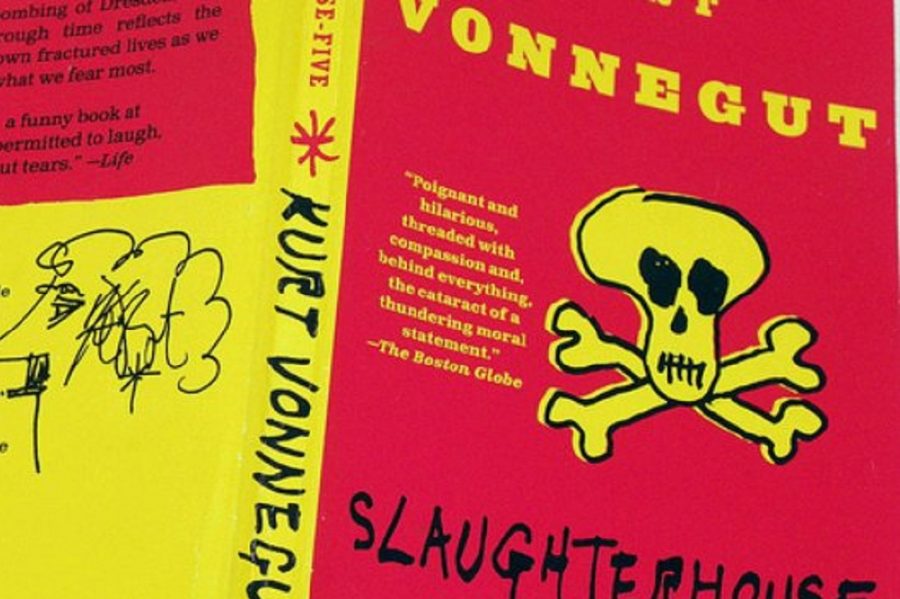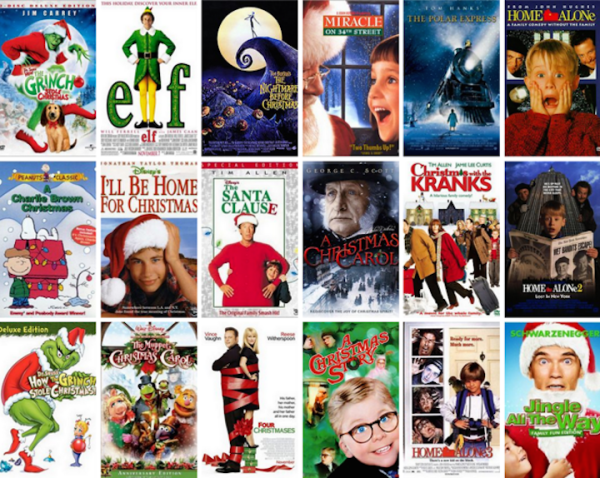‘Slaughterhouse-Five’ remains a classic
“Slaughterhouse-Five” by Kurt Vonnegut was published in 1969. It is a science fiction story about Billy Pilgrim, a World War II veteran who becomes unstuck in time.
His conscience is transferred to his past self in the POW camps, and to his future self in an alien zoo on the planet Tralfamadore.
He learns of the Tralfamadorian’s view of time. The species sees time in “four dimensions,” seeing all of time at the same time.
Thus, death means nothing to them. They just say, “So it goes.”
The book is considered semi-autobiographical, as it is based on Vonnegut’s experience about the firebombing of Dresden in World War II.
The novel portrays a nihilistic perspective of war while examining what it means to be human.
The Tralfamadorian philosophy is held up in contrast with the intensely human despair of the war.
Some interpret Billy’s time travel as post-traumatic stress disorder.
Billy transporting back to the field of war could be seen as a flashback and his travels to the future as hallucinations.
According to this theory, the Tralfamadorians and their philosophy is just Billy’s lethargy as a result of the trauma he’s been through.
The novel has been banned from schools over the years, mainly for profanity.
Despite this, the novel has been called a classic. Time magazine named it one of the 100 best English-language novels of all time.
Mr. Chris Schmidt, quiz bowl and chess coach, enjoys Vonnegut’s work.
“He’s a lot like John Steinbeck,” Schmidt said. “He uses simple language. He isn’t elitist by the way of someone like James Joyce.”
As for me, “Slaughterhouse-Five” is my favorite book. The way Vonnegut plays with the timeline of the story is genius.
Vonnegut’s trademark sarcastic writing style fits perfectly with the feelings of the soldiers.

Birthday: July 13, 2002
Hobbies/Interest: Music, film, books.
Favorite Quote: "Pictures must not be too picturesque." - Ralph Waldo Emerson
...











